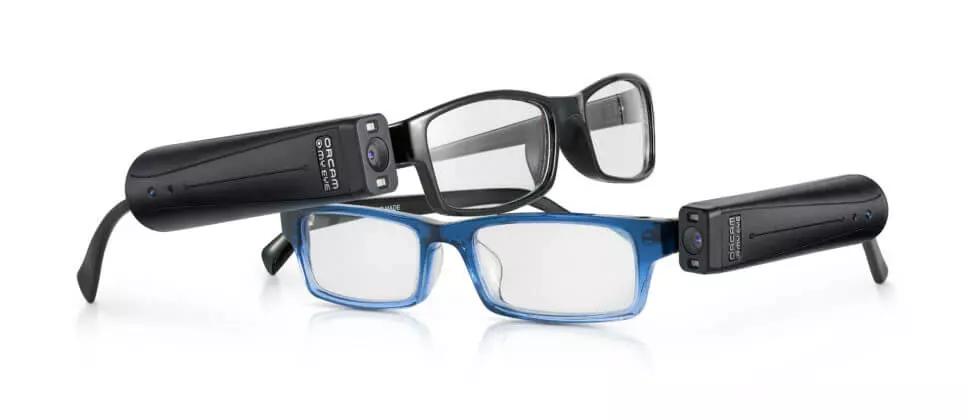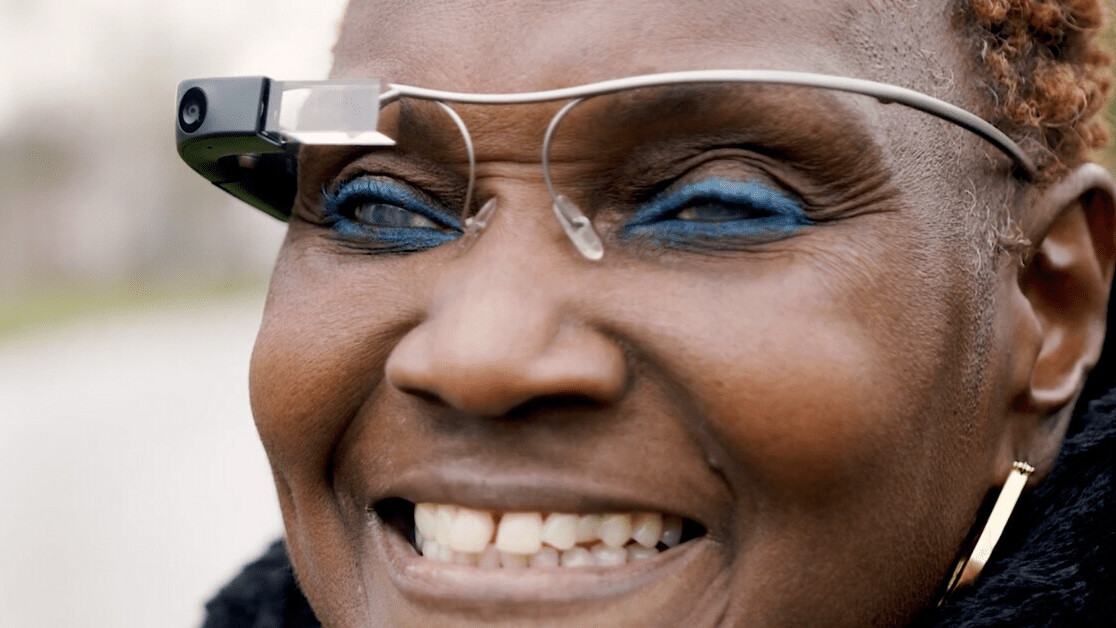Enhancing Ease Of Access Through Assistive Technology for the Blind
The assimilation of assistive modern technology for the blind stands for an essential development in accessibility, essentially changing exactly how people navigate their environments and engage with society. As we discover the varied kinds of assistive tools and their tangible influences on day-to-day living, it ends up being necessary to take a look at just how ongoing technical improvements are improving the landscape of assistance for the blind community.
Introduction of Assistive Modern Technology
Assistive innovation refers to an array of gadgets and software program developed to improve the capabilities of people with handicaps, including those that are blind or aesthetically impaired. This modern technology plays an important role in advertising independence and enhancing the top quality of life for customers. By offering alternative techniques for accessing information and executing day-to-day jobs, assistive modern technology empowers individuals to browse their atmospheres a lot more efficiently.
The growth and implementation of assistive innovation accept a range of principles focused on promoting ease of access. These principles include user-centered design, which focuses on the demands and choices of the individual, and the integration of technology into day-to-day activities. Such developments make certain that assistive devices are not just functional yet additionally intuitive and very easy to make use of.
In addition, assistive innovation incorporates a varied spectrum of options, from low-tech alternatives like magnifiers to state-of-the-art developments such as display visitors and Braille screens. The ongoing advancement of this area is driven by the need to address the unique obstacles encountered by individuals with visual impairments (Wearable technology for low vision). As modern technology continues to advancement, the possibility for improving availability and promoting inclusivity stays promising, ultimately adding to an extra fair society

Sorts Of Assistive Devices
Numerous types of assistive gadgets are available to support people that are blind or aesthetically impaired, each designed to attend to particular requirements and obstacles. These gadgets can be broadly classified right into three major kinds: low-tech, mid-tech, and state-of-the-art options.
Low-tech gadgets include things such as magnifiers, Braille tags, and tactile maps. These are reasonably basic tools that boost the user's capacity to interact with their setting without calling for complex technology.
Mid-tech gadgets often involve advanced attributes, such as electronic magnifiers and mobile Braille note-takers. These gadgets can supply capabilities like speech outcome, permitting individuals to accessibility info a lot more successfully.

Impact on Daily Living
The accessibility of different assistive gadgets dramatically improves the top quality of life for people that are blind or aesthetically impaired, influencing their day-to-day living in extensive means. By incorporating innovations such as screen visitors, Braille displays, and audio description solutions right into their routines, individuals gain greater autonomy and self-reliance. These devices assist in accessibility to info, allowing people to execute day-to-day jobs, such as reviewing emails, navigating public spaces, and taking pleasure in media content.
In addition, assistive tools empower individuals to engage even more fully in social communications and area tasks. The capacity to make use of mobile phones outfitted with accessibility attributes enables seamless communication and connection with others. This connection fosters a feeling of belonging and minimizes feelings of isolation.
In expert setups, assistive innovation sustains productivity by permitting individuals to total job tasks successfully. Devices like voice recognition software program and specialized magnifying devices make it possible for individuals to join the labor force on equal ground with their sighted peers.

Advancements in Technology
Current technical advancements have significantly changed the landscape of devices readily available for people who are aesthetically damaged or blind. The assimilation of expert system (AI) and artificial intelligence has actually triggered applications that improve navigation and object recognition. Mobile phone applications can currently make use of AI to recognize and define surroundings in real-time, giving individuals with important contextual info.
Additionally, developments in haptic innovation have actually caused the advancement of clever walking canes outfitted with sensors that identify challenges and give responsive comments. This encourages customers to navigate their setting with raised confidence and self-reliance. In addition, technologies in text-to-speech software application and braille display screens have actually boosted the access of digital material, enabling seamless communication with numerous media.
Wearable technologies, such as wise glasses, are likewise making strides in assisting visual impairment. These gadgets can offer enhanced truth experiences, overlaying vital Recommended Reading details onto the individual's field of vision. Collectively, these developments not only boost the high quality of life for individuals who are blind however additionally advertise higher incorporation in culture. As modern technology proceeds to progress, the potential for much more transformative devices continues to be on the perspective.
Future Trends and Innovations
As innovation swiftly progresses, the future of assistive devices for people who are blind holds immense guarantee. Developments in fabricated intelligence (AI) and equipment knowing are poised to transform the method blind customers communicate with their settings. AI-driven applications are being developed to boost object recognition, allowing customers to recognize and browse their environments with better convenience and accuracy.
Additionally, developments in haptic responses innovation are enabling the production of tactile maps and navigating aids that offer real-time information through touch. These innovations not only improve mobility but also foster independence. In addition, wearable gadgets furnished with enhanced fact (AR) attributes are emerging, supplying customers visual details with sound descriptions, thereby bridging the space between the digital and physical globes.
In addition, the assimilation of smart home innovation presents new chances for ease of access, enabling people to control their living settings through voice commands informative post or smart device applications. As collaboration in between technology developers and the blind neighborhood continues, the focus on user-centered design will certainly make sure that future developments are tailored to satisfy the special requirements of this population (Wearable technology for low vision). The trajectory of assistive modern technology assures an extra empowering and comprehensive future for individuals that are blind
Conclusion
In conclusion, assistive technology plays a critical role in enhancing availability for people with aesthetic impairments. Continual advancements in innovation and user-centered layout make useful site certain that these devices provide effectively to the one-of-a-kind needs of the blind area.
The combination of assistive innovation for the blind stands for a critical innovation in access, basically modifying just how people browse their settings and involve with society.Assistive modern technology refers to a variety of tools and software application designed to boost the capabilities of people with disabilities, including those that are blind or visually impaired. Wearable technology for low vision.As modern technology swiftly advances, the future of assistive devices for individuals who are blind holds tremendous assurance. The trajectory of assistive modern technology promises an extra empowering and inclusive future for individuals that are blind
In conclusion, assistive modern technology plays a critical function in boosting ease of access for people with aesthetic problems.